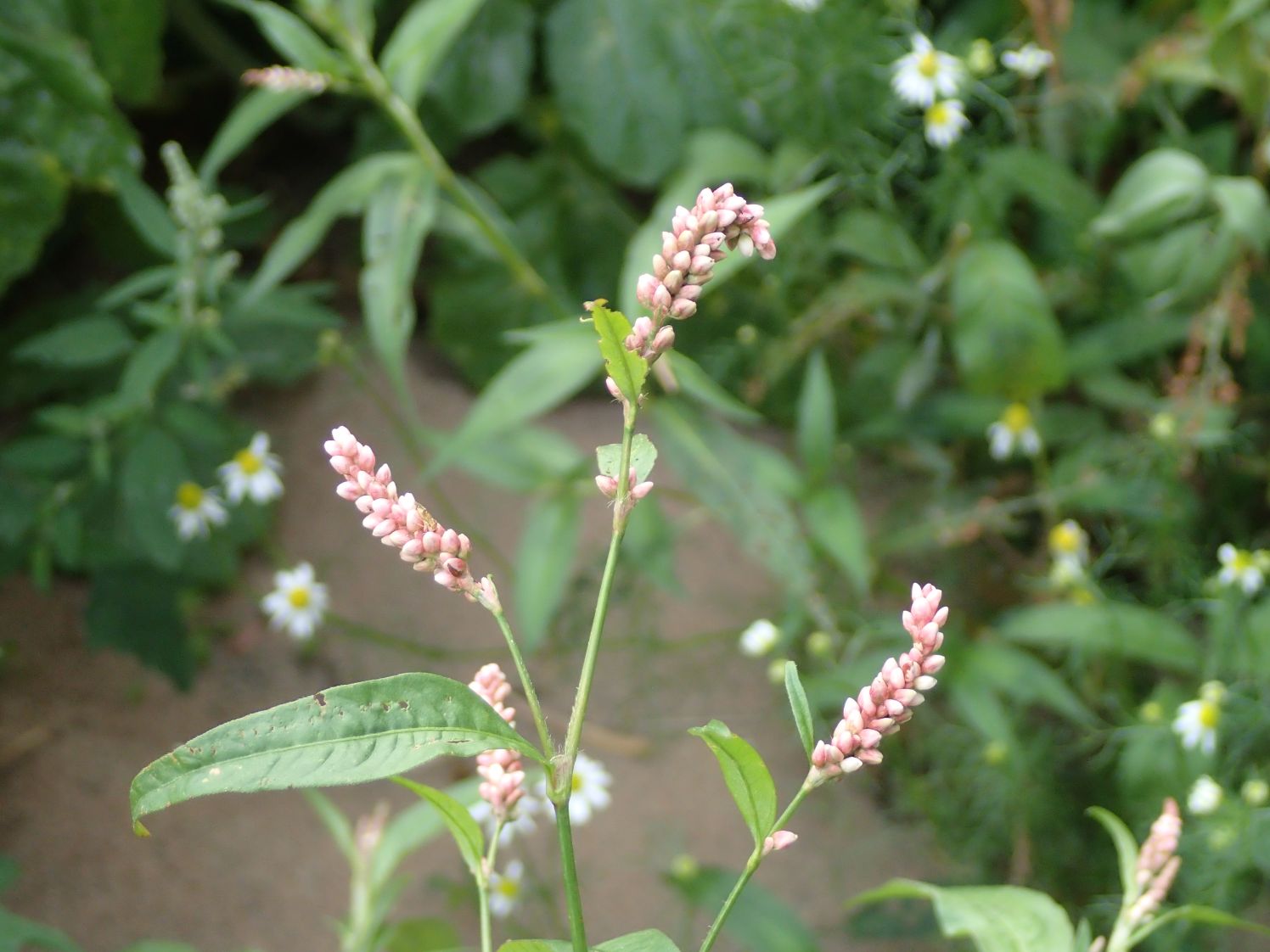
Water pepper, also known as Persicaria hydropiper, is a fascinating plant with a spicy twist. Found in wetlands and along riverbanks, this herb has a rich history and unique characteristics. Did you know that water pepper has been used for centuries in traditional medicine? Its leaves contain compounds that can act as natural insect repellents. This plant also plays a role in various cuisines, adding a peppery kick to dishes. But what makes water pepper truly intriguing is its ability to thrive in both waterlogged and dry conditions. Ready to learn more? Here are 15 captivating facts about water pepper that will spice up your knowledge!
Key Takeaways:
- Water Pepper, also known as Persicaria hydropiper, is a spicy plant found in wetlands. It has medicinal and culinary uses, and its spicy taste and insect-repellent properties make it unique and important for its ecosystem.
- Water Pepper is an annual plant with a spicy taste similar to black pepper. It provides food and habitat for wildlife, stabilizes soil, and has a global distribution, making it a versatile and adaptable plant.
What is Water Pepper?
Water Pepper, also known as Persicaria hydropiper, is a fascinating plant found in wetlands and moist environments. Known for its spicy taste, this plant has a rich history and many unique characteristics.
-
Scientific Name: The scientific name for Water Pepper is Persicaria hydropiper. It belongs to the Polygonaceae family.
-
Habitat: Water Pepper thrives in wetlands, marshes, and along riverbanks. It prefers moist, nutrient-rich soils.
-
Appearance: This plant has slender, reddish stems and lance-shaped leaves. The leaves are often tinged with red or purple.
Historical Uses of Water Pepper
Historically, Water Pepper has been used in various cultures for its medicinal and culinary properties. Let's explore some of these interesting uses.
-
Medicinal Uses: In traditional medicine, Water Pepper was used to treat digestive issues, wounds, and inflammation. Its leaves contain compounds with anti-inflammatory properties.
-
Culinary Uses: In Japan, Water Pepper is known as tade and is used as a spice in certain dishes. Its leaves and seeds add a peppery flavor to food.
-
Dye Production: The plant's leaves and stems can be used to produce a natural dye. This dye was historically used to color fabrics.
Unique Characteristics of Water Pepper
Water Pepper has some unique characteristics that set it apart from other plants. These features make it a subject of interest for botanists and plant enthusiasts.
-
Spicy Taste: The leaves and stems of Water Pepper have a distinct spicy taste, similar to black pepper. This is due to the presence of polygodial, a compound with a pungent flavor.
-
Insect Repellent: The plant's spicy compounds act as a natural insect repellent. This helps protect it from herbivorous insects.
-
Annual Plant: Water Pepper is an annual plant, meaning it completes its life cycle in one growing season. It germinates, grows, flowers, and dies within a year.
Ecological Importance of Water Pepper
Water Pepper plays a significant role in its ecosystem. It provides food and habitat for various wildlife species and contributes to the health of wetland environments.
-
Food Source: The seeds of Water Pepper are a food source for birds and small mammals. These animals help disperse the seeds, aiding in the plant's reproduction.
-
Habitat: The dense growth of Water Pepper provides shelter for insects, amphibians, and small animals. It creates a microhabitat within wetland ecosystems.
-
Soil Stabilization: The roots of Water Pepper help stabilize soil in wetland areas. This prevents erosion and maintains the integrity of riverbanks and marshes.
Interesting Facts About Water Pepper
There are many intriguing facts about Water Pepper that highlight its versatility and adaptability. Here are a few more to pique your interest.
-
Global Distribution: Water Pepper is found in various parts of the world, including Europe, Asia, North America, and Australia. Its adaptability allows it to thrive in diverse climates.
-
Pollination: The plant's small, greenish flowers are pollinated by wind and insects. This dual pollination strategy increases its chances of successful reproduction.
-
Traditional Remedies: In some cultures, Water Pepper is used in traditional remedies for toothaches and sore throats. Its anti-inflammatory properties provide relief from pain and swelling.
Final Thoughts on Water Pepper
Water pepper, a fascinating plant, holds many secrets. Known for its spicy flavor, it’s used in culinary dishes and traditional medicine. This plant thrives in wet environments and can be found in marshes and riverbanks. Its anti-inflammatory properties make it valuable in treating various ailments. Despite its benefits, water pepper can be toxic if consumed in large quantities. Always consult with a professional before using it for medicinal purposes.
Understanding water pepper’s unique characteristics helps appreciate its role in nature and human culture. Whether you’re a gardener, chef, or herbalist, this plant offers something intriguing. Keep exploring and learning about the natural world around you. There’s always more to discover and appreciate. Thanks for joining us on this journey through the world of water pepper. Stay curious and keep seeking out new knowledge!
Frequently Asked Questions
Was this page helpful?
Our commitment to delivering trustworthy and engaging content is at the heart of what we do. Each fact on our site is contributed by real users like you, bringing a wealth of diverse insights and information. To ensure the highest standards of accuracy and reliability, our dedicated editors meticulously review each submission. This process guarantees that the facts we share are not only fascinating but also credible. Trust in our commitment to quality and authenticity as you explore and learn with us.


